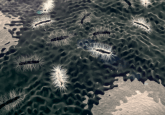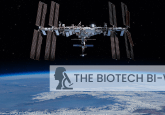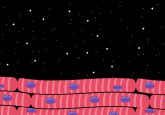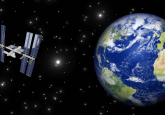Out-of-this-world techniques: microgravity leads to tissue engineering breakthroughs
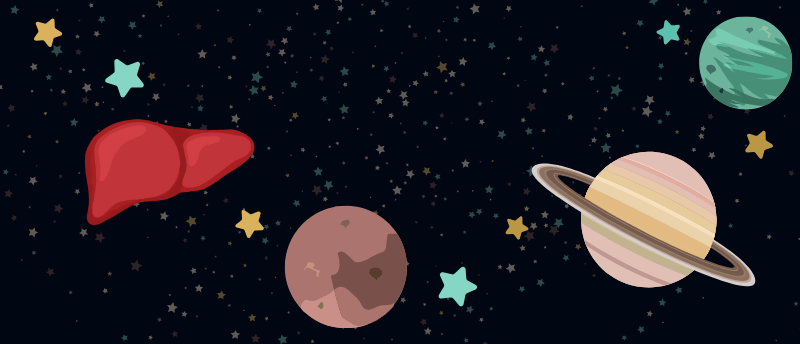
Microgravity offers a unique condition for tissue engineering, advancing stem cell-derived liver tissue development. But how can we transport these tissues to Earth without damaging them?
Researchers at the University of California, San Francisco and Berkeley (UCSF and UCB respectively; both CA, USA) have turned to microgravity to advance stem cell-derived liver tissue engineering. They developed a tissue culture platform that facilitates optimized tissue self-assembly in low Earth orbit (LEO) as well as a cooling preservation component for transporting the microgravity-grown tissues back to Earth. This work demonstrates the great potential of LEO for developing high-quality bioengineered tissues for various research and clinical applications, such as disease modeling and therapeutic implantation.
LEO describes the area of space below an altitude of 1200 miles, making it the closest orbital range to Earth. It is the most utilized orbit for several reasons, including accessibility, which has drastically increased the amount of human involvement in this space and led to innovative solutions in the life sciences. Senior author Tammy Chang (UCSF), and her lab have previously shown that liver tissues derived from human induced pluripotent stem cells (iPSCs) grown in microgravity conditions display greater functionality than those grown on Earth via conventional methods.
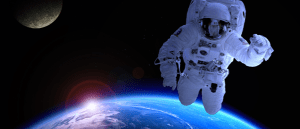 Functional MRI reveals how time in space changes our brains
Functional MRI reveals how time in space changes our brains
Our brains are optimized to live with gravity, but how does it adapt to the different laws of physics experienced up in space?
Human iPSCs, reprogrammed from normal human cells into embryonic-like stem cells, can form liver tissues in microgravity that function like a smaller, simpler liver. These space-developed tissues are free to organize more naturally and accurately than Earth-bound cultures that require exogenous matrices or culture plates. Commenting on these cultures, Chang asserted that they represent “a critical step toward creating viable liver tissue implants that could serve as an alternative or adjunct to traditional liver transplants.”
In an abstract presented at the American College of Surgeons Clinical Congress 2024, Chang and her team discussed their efforts to make the use of these cultures more practical. To do this, they have developed a platform that not only facilitates optimized tissue assembly, but also provides a preservation setting that ensures the tissues will make it back down to Earth undamaged.
Using a parallel design approach, the team developed their tissue culture platform, called the ‘tissue orb’. This bioreactor is equipped with an artificial blood vessel and automated media exchange, that more closely simulates natural processes in the human body. The platform was further developed to encode a stable isochoric supercooling preservation system that will allow tissues to be transported to Earth safely. It works by holding tissues below freezing without damaging them, hopefully extending the ‘shelf life’ of engineered tissues and, one day, organs.
“Our goal is to develop robust preservation techniques that allow us to bring functional tissues back to Earth, where they can be used for a range of biomedical applications, including disease modeling, drug testing, and eventually, therapeutic implantation,” Chang concluded. Their spaceflight experiment is due to launch in February 2025, during which the tissue orb and its isochoric supercooling preservation component will be put to the test on the International Space Station.
